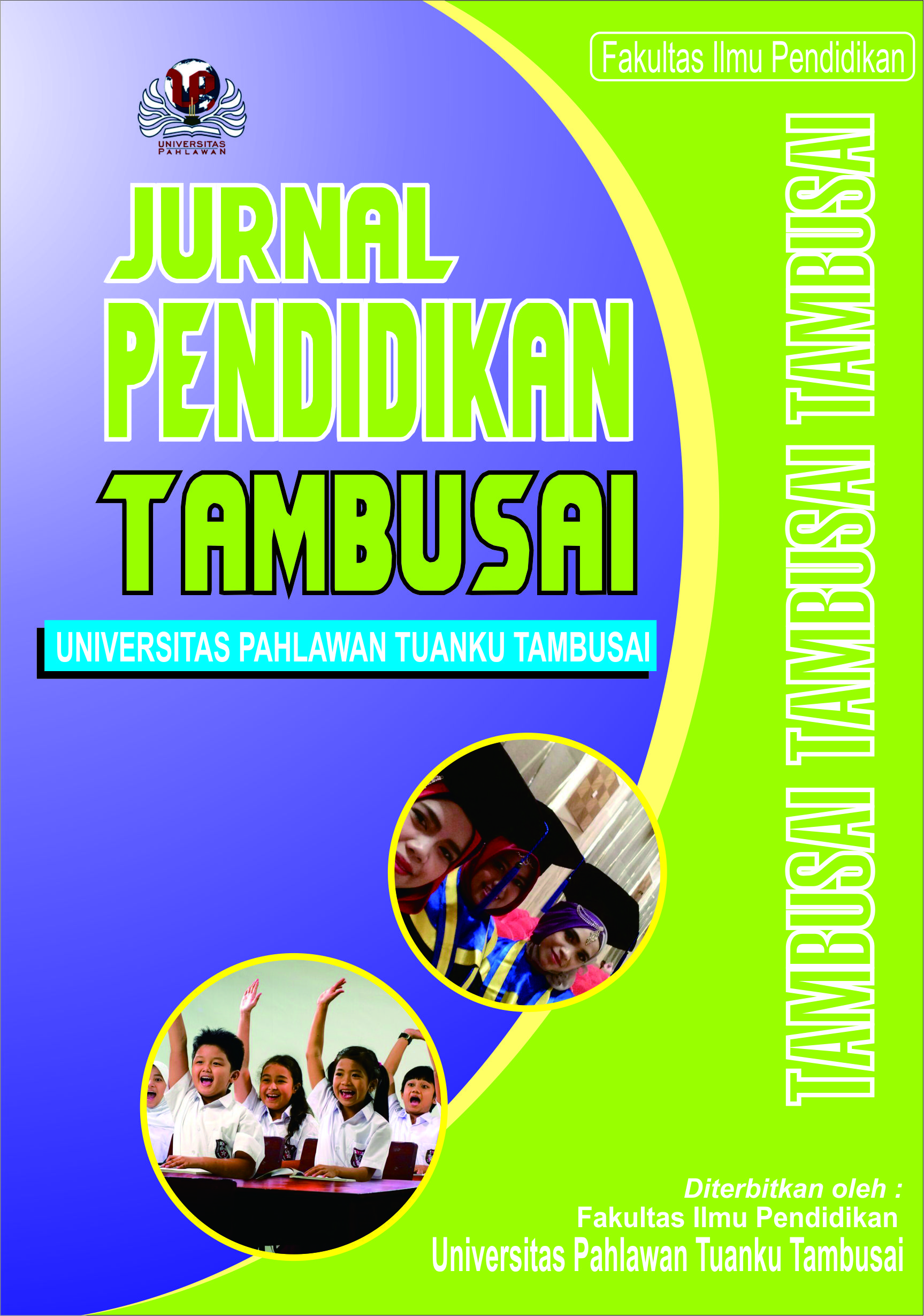NaOH Concentration-Dependent Silanol Formation and Pb2+ Adsorption by Waste Glass-Derived Silica Gel
DOI:
https://doi.org/10.31004/jptam.v8i1.13344Keywords:
Glass Waste, Silica Gel, NaOH Concentration, Pb2+ Adsorption, Silanol.Abstract
Clear glass waste, a prevalent inorganic waste in Indonesia, presents an opportunity for eco-friendly adsorbent development. This study explored the impact of varying NaOH concentrations (1M-4M) on the Pb2+ ion adsorption capacity of silica gel synthesized from clear glass waste via the sol-gel method.While conclusive determination of the optimal NaOH concentration for Pb2+ adsorption remained outside the study's scope, valuable insights were obtained. FTIR analysis confirmed the presence of silanol (SiOH) and siloxane (Si-O-Si) groups within the silica gel structure, with the SiOH group specifically identified at a wavenumber of 957 cm?¹. Increasing NaOH concentration from 0.5 M to 4 M significantly enhanced the formation of silanol groups on the silica gel surface, as evidenced by the increasing area of the corresponding peak in the FTIR spectrum (3.2 to 71.0 arbitrary units). This positive influence translated to an improved Pb2+ adsorption capacity, with the highest performance of 2.3 mg/g achieved at the highest NaOH concentration. However, the relationship wasn't perfectly linear, suggesting the influence of additional factors like silanol distribution and the presence of competing ions. This work demonstrates the potential of waste glass-derived silica gel for Pb2+ remediation while emphasizing the need for further research to optimize synthesis parameters and elucidate the full adsorption mechanisms.
References
Azmiyawati, C., Niami, S. S., & Darmawan, A. (2019). Synthesis of silica gel from glass waste for adsorption of Mg2+, Cu2+, and Ag+ metal ions. IOP Conference Series: Materials Science and Engineering, 509(1). https://doi.org/10.1088/1757-899X/509/1/012028
Felss, N. El, Gharzouni, A., Colas, M., Cornette, J., Sobrados, I., & Rossignol, S. (2020). Structural Study of the Effect of Mineral Additives on the Transparency, Stability, and Aging of Silicate Gels. Journal of Sol-Gel Science and Technology. https://doi.org/10.1007/s10971-020-05385-x
Katubi, K. M., Alsaiari, N. S., Alzahrani, F. M., Siddeeg, S. M., & Tahoon, M. A. (2021). Synthesis of Manganese Ferrite/Graphene Oxide Magnetic Nanocomposite for Pollutants Removal From Water. Processes. https://doi.org/10.3390/pr9040589
Khair, M., Indira, B. S., & Salsabila, R. (2023). Preparasi Silika Gel Dari Limbah Kaca Bening Dengan Bantuan Iradiasi Microwave. CHEDS: Journal of Chemistry, Education, and Science, 7(1), 97–102. https://doi.org/https://doi.org/10.30743/cheds.v7i1.7130
Ncube, T., Reddy, K. S. K., Shoaibi, A. A., & Srinivasakannan, C. (2017). Benzene, Toluene, m-Xylene Adsorption on Silica-Based Adsorbents. Energy & Fuels. https://doi.org/10.1021/acs.energyfuels.6b03192
Permatasari, N., Sucahya, T. N., & Nandiyanto, A. B. D. (2016). Review: Agricultural wastes as a source of silica material. Indonesian Journal of Science and Technology, 1(1), 82–106. https://doi.org/10.17509/ijost.v1i1.8619
Salsabila, R., Khair, M., Ardi, & Saputra, E. (2024). Green synthesis of silica gel adsorbents: microwave boosts silanol groups for improved moisture uptake. Brazilian Journal of Development, 10(1 SE-Original Papers), 644–652. https://doi.org/10.34117/bjdv10n1-039
Shafiq, M., Alazba, A. A., & Amin, M. (2021). Kinetic and Isotherm Studies of Ni2+ and Pb2+ Adsorption From Synthetic Wastewater Using Eucalyptus Camdulensis—Derived Biochar. Sustainability. https://doi.org/10.3390/su13073785
Vidu, R., Matei, E., Predescu, A. M., Alhalaili, B., Pantilimon, C., Tarcea, C., & Predescu, C. (2020). Removal of Heavy Metals From Wastewaters: A Challenge From Current Treatment Methods to Nanotechnology Applications. Toxics. https://doi.org/10.3390/toxics8040101
Yang, J., Hou, B., Wang, J., Tian, B., Bi, J., Wang, N., Li, X., & Huang, X. (2019). Nanomaterials for the Removal of Heavy Metals From Wastewater. Nanomaterials. https://doi.org/10.3390/nano9030424
Downloads
Published
How to Cite
Issue
Section
Citation Check
License
Copyright (c) 2024 Renanda Ridela, Dea Putri Monika, Miftahul Khair

This work is licensed under a Creative Commons Attribution-ShareAlike 4.0 International License.
Authors who publish with this journal agree to the following terms:
- Authors retain copyright and grant the journal right of first publication with the work simultaneously licensed under a Creative Commons Attribution License that allows others to share the work with an acknowledgement of the work’s authorship and initial publication in this journal.
- Authors are able to enter into separate, additional contractual arrangements for the non-exclusive distribution of the journal’s published version of the work (e.g., post it to an institutional repository or publish it in a book), with an acknowledgement of its initial publication in this journal.
- Authors are permitted and encouraged to post their work online (e.g., in institutional repositories or on their website) prior to and during the submission process, as it can lead to productive exchanges, as well as earlier and greater citation of published work (See The Effect of Open Access).



